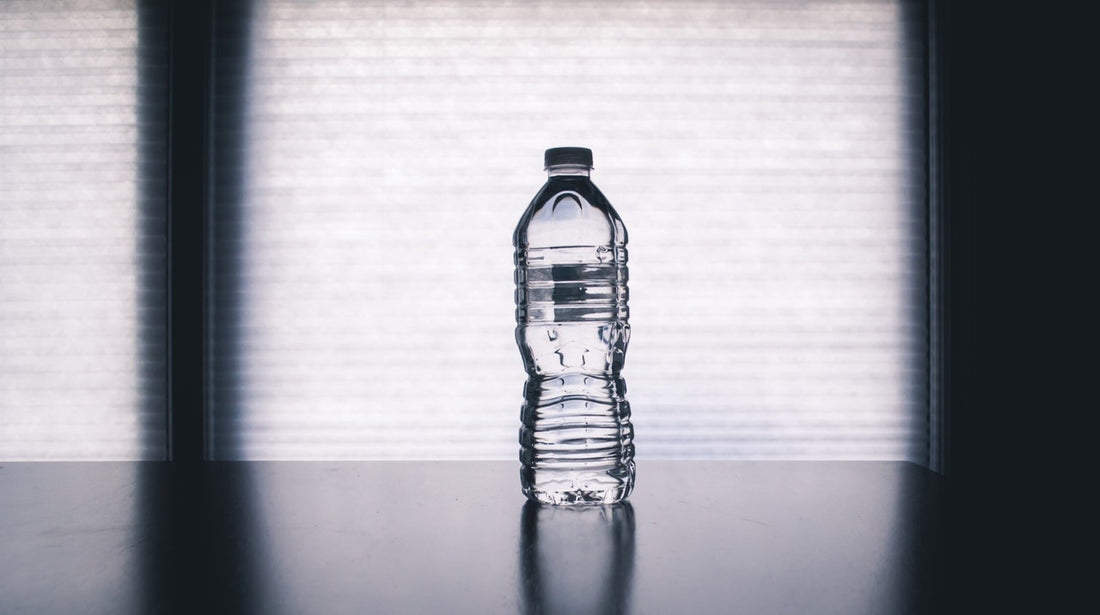Chromium 6 in Bottled Water
No matter wherever you live, it is important to use clean and pure water. The environmental pollution and waste from industries are also affecting the water quality. They reduce the health benefits that we obtain from drinking clean and pure water. Are you aware of the water contaminants that pollute the water that we use daily?
In a non-profit organization’s research, nearly 60,000 water utility samples suggested that there are unsafe levels of chromium-6 in the water of approximately 50 states. Chromium-6 contaminant and carcinogenic material are harmful and can lead to serious health issues like respiratory problems, ulcers, etc. Having such unsafe levels in the tap water gave rise to many other problems. You may wonder, is there chromium-6 in bottled water? You should pay attention to the level of purification and filtration that your water supply offers.
(Source)
Apart from municipal water filtration and purification, there are multiple water cleaning methods that many households adopt. However, as many people prefer bottled water over tap water, having high quantities of chromium-6 in bottled water could cause serious health implications.
The problem is that chromium-6 carries serious health risks and is not safe for consumption. Thus, you are at risk of a variety of diseases and health problems.
What is Chromium-6?
Did you know that nearly 75 percent of American households have unsafe levels of chromium-6 in their water supply? Chromium is a natural element found in different rocks, soils, plants, and even animals. It is a naturally occurring compound and therefore has various forms. One form is Chromium-3, and it is beneficial for human health in various ways, while the other variant, Chromium-6, is injurious to health.
Chromium is commonly used in the manufacturing processes of products such as cars, cookware, and more. However, what’s notable is that Chromium-6 is a toxin and carcinogenic in nature. Moreover, direct exposure or consumption of chromium-6 elements can cause health problems, including respiratory tract infections, wheezing, coughs, and asthma. On top of that, chromium-6 carries a high risk of developing cancer in humans.
What Is the Main Concern about Chromium-6 in Drinking Water?
As we know that chromium-6 contaminates the drinking water supply, and there may possibly be chromium-6 in bottled water, it is raising major concerns. The environmental protection agencies and groups are emphasizing the need to approach water pollution with effective purification and cleaning methods.
Not only that, but they are also outlining the factors which arise due to improper waste disposal by various companies and their manufacturing plants. Often, this is the main cause of chromium-6 contamination in the primary water supply of a city or town. Certain reports suggest and warn about the rising chromium-6 concentration in the tap water supply of many American households. This cancer-causing element is harmful to health and can lead to serious health concerns, including skin irritation, burns, and other painful sensations.
The governments of different states in the US have been trying to regulate the level of chromium that is permissible in the cities’ drinking water supply. Furthermore, the regulatory authorities came up with strict regulation of no more than ten parts of chromium per billion. This put the initial cap on the concentration of chromium-6 in the drinking water. However, it is still a huge concern, including chromium-6 in bottled water.
Does Bottled Water have Chromium-6?
Is there chromium-6 in bottled water? Well, bottled water qualities can vary significantly from brand to brand. As most of the US population prefers bottled water over tap water, chromium-6 contamination can cause serious health problems, affecting a large number of people.
The US Food and Drug Administration regulates and maintains the industry standards for bottled water quality, which are nearly the same as the tap water quality standards. However, to learn about the concentration of chromium and other elements in bottled water, contacting the manufacturer will help.
The US Environmental Protection Agency is working to regulate and put a cap on the level of chromium-6 in the drinking water supply of the cities and states to prevent the public from numerous health conditions. To avoid tap water and the various pollutants/contaminants present in it, people turn to bottled water for daily use. However, you should know that there is no legal limit for chromium-6 in bottled water. Hence, you cannot be sure that the bottled water manufacturer of your choice is delivering chromium-6-free water.
How to Get Safe Bottled Water?
To ensure you are not using chromium-6 contaminated bottled water, you should contact the manufacturers to learn more about the chemical composition and chemical levels in the water. Further, choose brands that indicate the constituents, chemical composition, and chromium-6 levels in the bottled water.
However, even many of the top brands and manufacturers aren’t honest about the “clean and safe” claims regarding their bottled water.
Risks of Chromium-6 in Bottled Water
Bottled water does not pass through the same testing standards and level of quality checks that the normal tap water supply does. Considering this, it has become more than necessary to ensure that the bottled water does not have high levels of chromium-6 and other harmful pollutants.
So, now we know that the bottled water does not pass through the standard testing and quality checks. All in all, this raises the chances that there may be a higher concentration of chromium-6 in bottled water compared to public water supplies. Besides, the use of bottled water is a growing concern due to plastic use and waste.
You can read about our other popular reviews on Culligan, Kinetico, Rayne Water, and waterboss.
Conclusion
Checking your water quality to ensure that there isn’t serious level contamination or presence of a highly carcinogenic material like chromium-6 is important. This can help prevent various health problems. Moreover, chromium-6 in bottled water can become a serious health threat as the majority of the US population prefers using bottled water over tap water.






